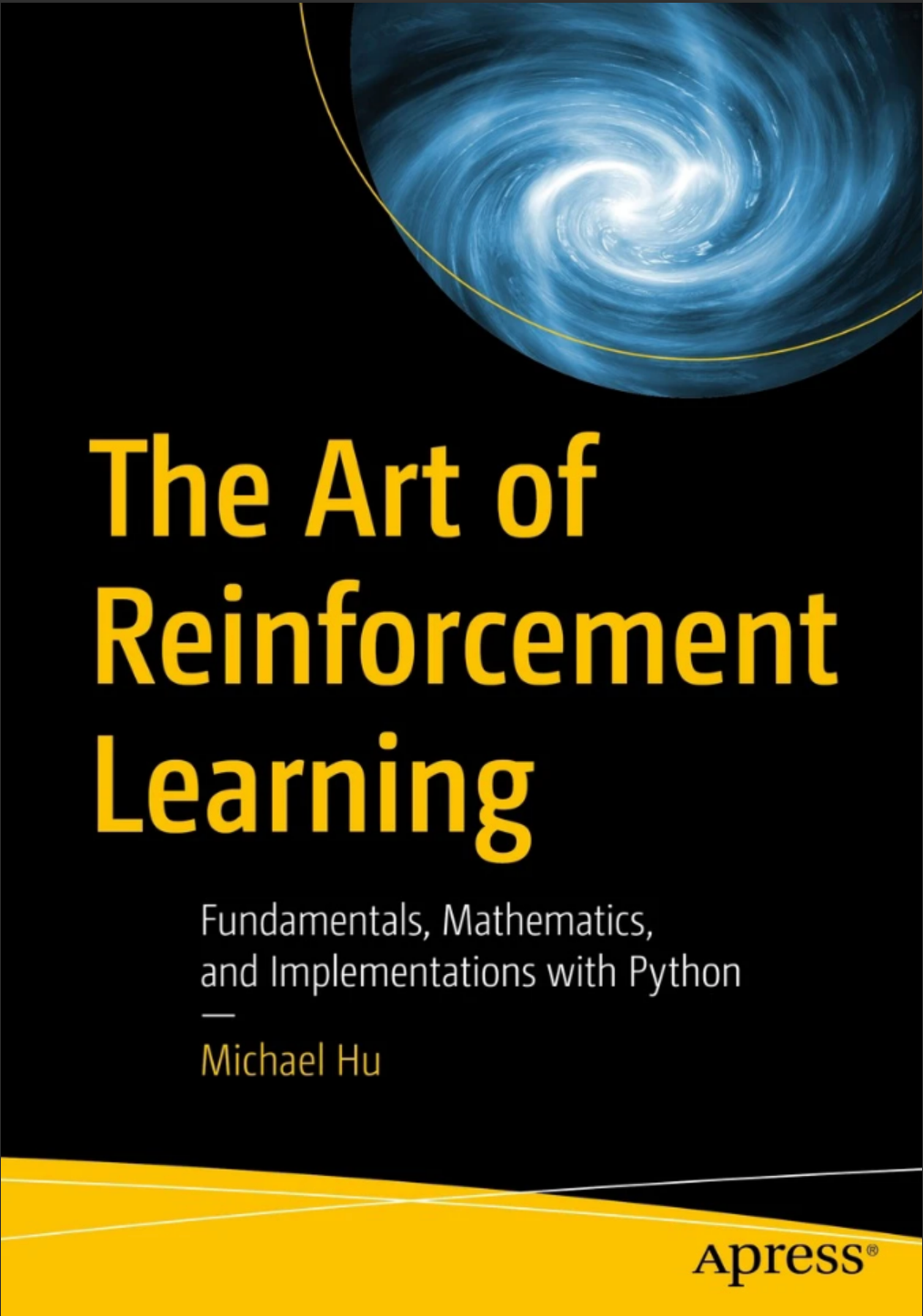

Most ebook files are in PDF format, so you can easily read them using various software such as Foxit Reader or directly on the Google Chrome browser.
Some ebook files are released by publishers in other formats such as .awz, .mobi, .epub, .fb2, etc. You may need to install specific software to read these formats on mobile/PC, such as Calibre.
Please read the tutorial at this link: https://ebookbell.com/faq
We offer FREE conversion to the popular formats you request; however, this may take some time. Therefore, right after payment, please email us, and we will try to provide the service as quickly as possible.
For some exceptional file formats or broken links (if any), please refrain from opening any disputes. Instead, email us first, and we will try to assist within a maximum of 6 hours.
EbookBell Team

4.8
24 reviewsBeginning with an overview of fundamental concepts such as Markov decision processes, dynamic programming, Monte Carlo methods, and temporal difference learning, this book uses clear and concise examples to explain the basics of RL theory. The following section covers value function approximation, a critical technique in RL, and explores various policy approximations such as policy gradient methods and advanced algorithms like Proximal Policy Optimization (PPO).
This book also delves into advanced topics, including distributed reinforcement learning, curiosity-driven exploration, and the famous AlphaZero algorithm, providing readers with a detailed account of these cutting-edge techniques.
With a focus on explaining algorithms and the intuition behind them, The Art of Reinforcement Learning includes practical source code examples that you can use to implement RL algorithms. Upon completing this book, you will have a deep understanding of the concepts, mathematics, and algorithms behind reinforcement learning, making it an essential resource for AI practitioners, researchers, and students.
What You Will Learn:
- Grasp fundamental concepts and distinguishing features of reinforcement learning, including how it differs from other AI and non-interactive machine learning approaches
- Model problems as Markov decision processes, and how to evaluate and optimize policies using dynamic programming, Monte Carlo methods, and temporal difference learning
- Utilize techniques for approximating value functions and policies, including linear and nonlinear value function approximation and policy gradient methods
- Understand the architecture and advantages of distributed
…